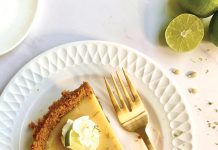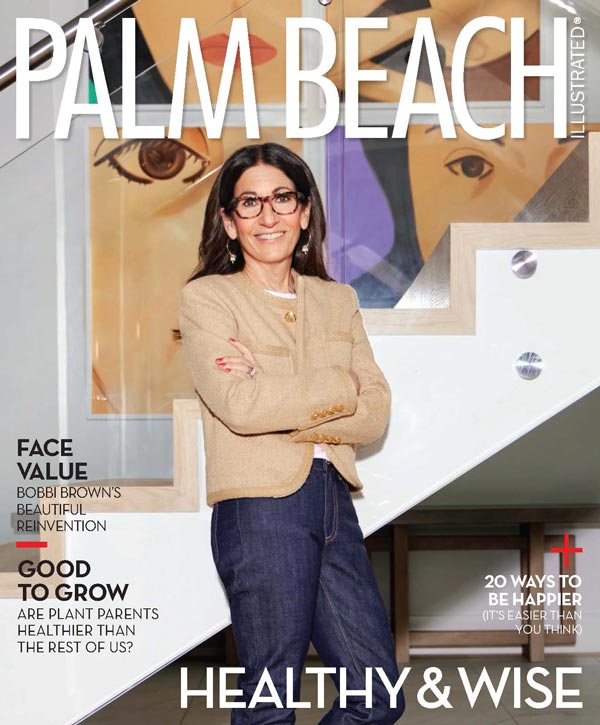After languishing for many years during the apartheid era, South African wines have once again taken their place on the world stage. South Africa has a distinguished winemaking history dating back to the mid-seventeenth century. In the eighteenth and nineteenth centuries, the dessert wines of the Constantia estate near Cape Town were prized around the world. The country’s best wines combine old-world tradition with cutting-edge techniques and have caught the attention of oenophiles everywhere. Below, we highlight some of the most interesting estates.
Fairview

Although the first wine was made on this property in 1699, the fortunes of this producer (now called Fairview Wine & Cheese) really started to skyrocket when the Back family purchased the winery in 1937. The current owner, Charles Back, has been a pioneer in areas such as sustainability and fair trade. Perhaps best known in the United States for the whimsical Goats Do Roam label, which represents exceptional value at a reasonable price, Back is a stellar producer of Chenin Blanc (known in South Africa as Steen) and Pinotage, a cross between Pinot Noir and Cinsaut.

Ken Forrester Vineyards
In 1993, the Forrester family purchased the historic Scholtzenhof estate, which dates back to 1689. Ken Forrester Vineyards‘ Petit range (Chenin Blanc, Sauvignon Blanc, Rosé, Cabernet Sauvignon, Merlot and Pinotage) retails for around $10-$12 and provides Americans with an excellent introduction to South African wine. Consumers who want to experiment further should try the regular Ken Forrester labels ($15) and the Icon range ($45).
Neil Ellis Wines
In 1986, Neil Ellis broke the mold, setting up shop as a négociant—someone who makes wines from purchased fruit or juice—in a country that places great importance on the pedigree of estate-grown wines. Interestingly, his greatest successes have come in the United States. American wine consumers have developed a penchant for his Sauvignon Blanc, aptly named Sincerely ($12) in homage to Sancerre. It displays mouth-watering acidity and makes a great match with shellfish, particularly oysters. Equally enticing is his red blend, The Left Bank ($14), a succulent mix of Cabernet Sauvignon, Shiraz, Merlot and Cabernet Franc.
Graham Beck Winery

Graham Beck, who died in 2010, is regarded as one of the patriarchs of the South African wine industry. His family still manages the property. Popular offerings include the Game Reserve line of wines ($13-$18) and the Cap Classique sparklers, method champenoise blends of Chardonnay and Pinot Noir.

House of Mandela
In the post-apartheid era, many estates place equal importance on producing first-rate wine and on being conscious of the social issues that contribute to their product. Not surprisingly, one of the wineries combining the two concerns is the House of Mandela.
The project was started by Makaziwe and Tukwini Mandela, the daughter and granddaughter, respectively, of Nelson Mandela. They wanted to enter the wine business because they perceived that a very small number of black South Africans, and even fewer women, were involved in the industry. They place great importance on sustainability, fair trade and biodiversity and are dedicated to improving the plight of impoverished vineyard workers. They operate as négociants, buying grapes from three carefully selected estates, one of which is Fairview.
The House of Mandela puts out an entry-level line called the Thembu Collection, a trio of Reserve wines, and a methode champenoise sparkler. Roughly one-third of their production comes to the States, and the wines represent an opportunity for consumers to drink well and contribute to a good cause at the same time.












Facebook Comments